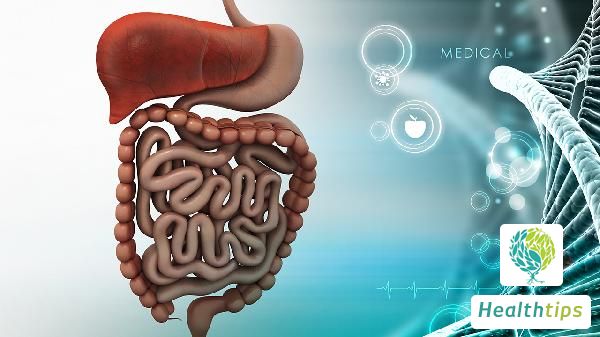"What are the symptoms of end-stage liver cirrhosis?"
Clinical Manifestations and Complications of Cirrhosis
The clinical manifestations of cirrhosis are complex and diverse, accompanied by a wide range of complications. Due to the liver's strong compensatory ability and the slow progression of the disease, there are often no significant discomforts or only mild symptoms and signs in the early stages.

1. Gastrointestinal Bleeding: Variceal bleeding in the esophagus and gastric fundus is the most common spontaneous bleeding cause in cirrhosis.
2. Ascites and Pleural Effusion: Lateral collateral circulation induced by portal hypertension leads to plasma extravasation from capillaries into tissue spaces, causing edema. Accumulation of large amounts of fluid in the body is referred to as ascites. Lung infections can also cause pleural effusion.
3. Splenomegaly and Hypersplenism: Following necrosis and fibrosis of liver cells, they gradually shrink or even disappear, resulting in a relative increase in residual liver cells. This leads to apparent splenomegaly, often accompanied by hypersplenism.
4. Endocrine Disorders: Estrogen inactivation is weakened, while androgen levels rise. Male patients may exhibit female characteristics such as gynecomastia, while females may experience menstrual disorders.
5. Malnutrition: Long-term anorexia, reduced food intake, and chronic diarrhea can lead to inadequate protein intake, subsequently causing hypoproteinemia. In severe cases, this can manifest as edema and generalized fatigue.
6. Other Conditions: Including neurological manifestations such as mental disorders, personality changes, sleep disturbances, behavioral abnormalities, hallucinations, and delusions. Additionally, there may be spider nevi, palmar erythema, worsening jaundice, and skin itching.



















